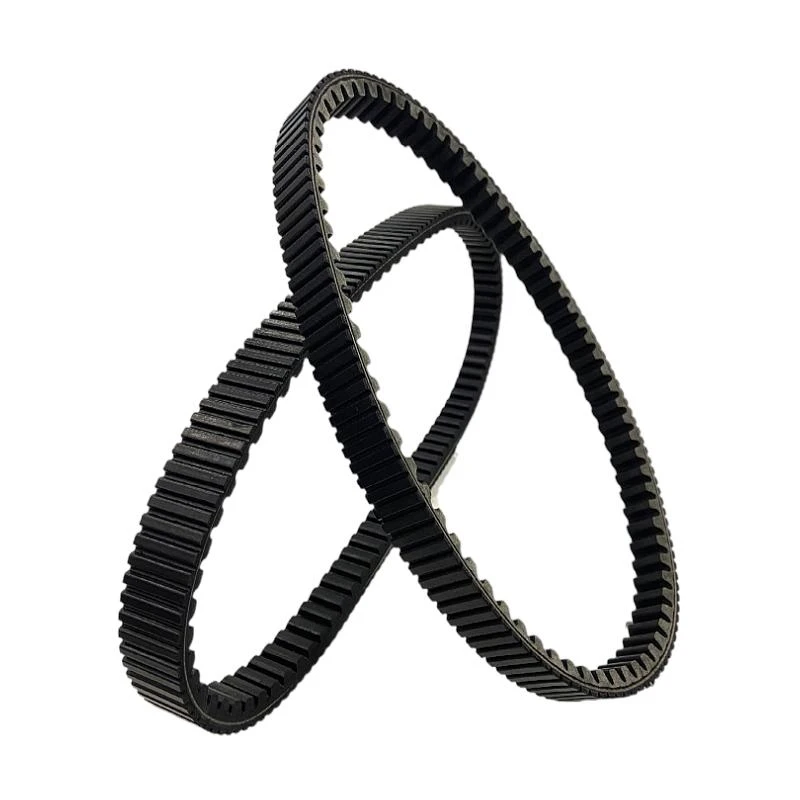- Arabic
- French
- Russian
- Spanish
- Portuguese
- Turkish
- Armenian
- English
- Albanian
- Amharic
- Azerbaijani
- Basque
- Belarusian
- Bengali
- Bosnian
- Bulgarian
- Catalan
- Cebuano
- Corsican
- Croatian
- Czech
- Danish
- Dutch
- Afrikaans
- Esperanto
- Estonian
- Finnish
- Frisian
- Galician
- Georgian
- German
- Greek
- Gujarati
- Haitian Creole
- hausa
- hawaiian
- Hebrew
- Hindi
- Miao
- Hungarian
- Icelandic
- igbo
- Indonesian
- irish
- Italian
- Japanese
- Javanese
- Kannada
- kazakh
- Khmer
- Rwandese
- Korean
- Kurdish
- Kyrgyz
- Lao
- Latin
- Latvian
- Lithuanian
- Luxembourgish
- Macedonian
- Malgashi
- Malay
- Malayalam
- Maltese
- Maori
- Marathi
- Mongolian
- Myanmar
- Nepali
- Norwegian
- Norwegian
- Occitan
- Pashto
- Persian
- Polish
- Punjabi
- Romanian
- Samoan
- Scottish Gaelic
- Serbian
- Sesotho
- Shona
- Sindhi
- Sinhala
- Slovak
- Slovenian
- Somali
- Sundanese
- Swahili
- Swedish
- Tagalog
- Tajik
- Tamil
- Tatar
- Telugu
- Thai
- Turkmen
- Ukrainian
- Urdu
- Uighur
- Uzbek
- Vietnamese
- Welsh
- Bantu
- Yiddish
- Yoruba
- Zulu
nov. . 20, 2024 00:38 Back to list
poly v serpentine belt
Understanding the Poly-V vs. Serpentine Belt An In-Depth Comparison
When it comes to modern automotive engineering, the efficient functioning of the engine relies heavily on various components that ensure smooth operation. Two critical parts of the drive belt system are the Poly-V belt and the serpentine belt. While both serve the fundamental purpose of transmitting power from the engine to various components, they each have distinct characteristics and applications. This article aims to explore the differences, advantages, and disadvantages of poly-V belts and serpentine belts.
What is a Poly-V Belt?
The Poly-V belt, also known as a multi-ribbed belt or multi-V belt, features several parallel grooves along its surface. This design increases its surface area and friction, allowing it to transmit more power than a standard V-belt. Poly-V belts are often found in applications where high-performance and compact design are crucial. They’re particularly popular in automotive engines for driving accessories such as alternators, power steering pumps, and air conditioning compressors.
One significant advantage of the Poly-V belt is its ability to handle higher loads while being more flexible in tight spaces. The multi-ribbed design allows for quieter operation and less vibration, making it suitable for high-speed applications. Additionally, the increased surface area can lead to better energy efficiency, as these belts can maintain power transfer without slipping.
What is a Serpentine Belt?
The serpentine belt is a single, continuous belt that wraps around multiple pulleys in a vehicle's engine compartment. It is designed to drive several peripheral devices, including the alternator, power steering pump, water pump, and air conditioning compressor, all from one belt. This design simplifies the drive system and reduces weight by eliminating the need for multiple belts.
One of the primary advantages of a serpentine belt is its simplicity. With fewer components and less complexity, there is a reduced likelihood of failure. Moreover, because the serpentine belt typically requires only one tensioner, maintenance is generally easier and less frequent. The design also allows for easier installation and replacement, reducing labor costs for servicing.
poly v serpentine belt

Comparing the Two
When comparing Poly-V belts and serpentine belts, several factors come into play, including efficiency, application, maintenance, and cost.
Efficiency Both belts can be efficient in transmitting power, but poly-V belts often handle higher loads better due to their multi-ribbed design. This can be particularly beneficial in high-performance situations.
Application While both types are used in automotive settings, the choice between them often depends on the specific engine design and requirements. Poly-V belts are ideal for high-performance engines requiring maximum reliability under high stress, while serpentine belts may suit standard engines looking for simplicity and ease of maintenance.
Maintenance Serpentine belts generally require less maintenance and are easier to replace, thanks to their integrated design and use of fewer tensioners and pulleys. In contrast, poly-V belts may need more attention, especially if they are under heavy load, as they can wear out faster.
Cost In terms of initial investment, serpentine belts are often more cost-effective due to their simpler design and ease of replacement. However, poly-V belts may offer longer life in high-performance applications, potentially mitigating the cost difference over time due to fewer replacements.
Conclusion
Choosing between a poly-V belt and a serpentine belt often depends on the specific requirements of the vehicle and the conditions under which it operates. While the poly-V belt excels in high-performance applications, providing increased efficiency and power transfer, the serpentine belt offers simplicity, reduced weight, and ease of maintenance. Understanding the differences between these two types of belts can help vehicle owners make informed decisions regarding maintenance and upgrades, ultimately contributing to the longevity and performance of their engines. In a world increasingly focused on efficiency and performance, both the poly-V and serpentine belts play crucial roles in the automotive landscape, each tailored to specific needs and applications.
-
Korean Auto Parts Timing Belt 24312-37500 For Hyundai/Kia
NewsMar.07,2025
-
7PK2300 90916-T2024 RIBBED BELT POLY V BELT PK BELT
NewsMar.07,2025
-
Chinese Auto Belt Factory 310-2M-22 For BMW/Mercedes-Benz
NewsMar.07,2025
-
Chinese Auto Belt Factory 310-2M-22 For BMW/Mercedes-Benz
NewsMar.07,2025
-
90916-02660 PK Belt 6PK1680 For Toyota
NewsMar.07,2025
-
drive belt serpentine belt
NewsMar.07,2025

